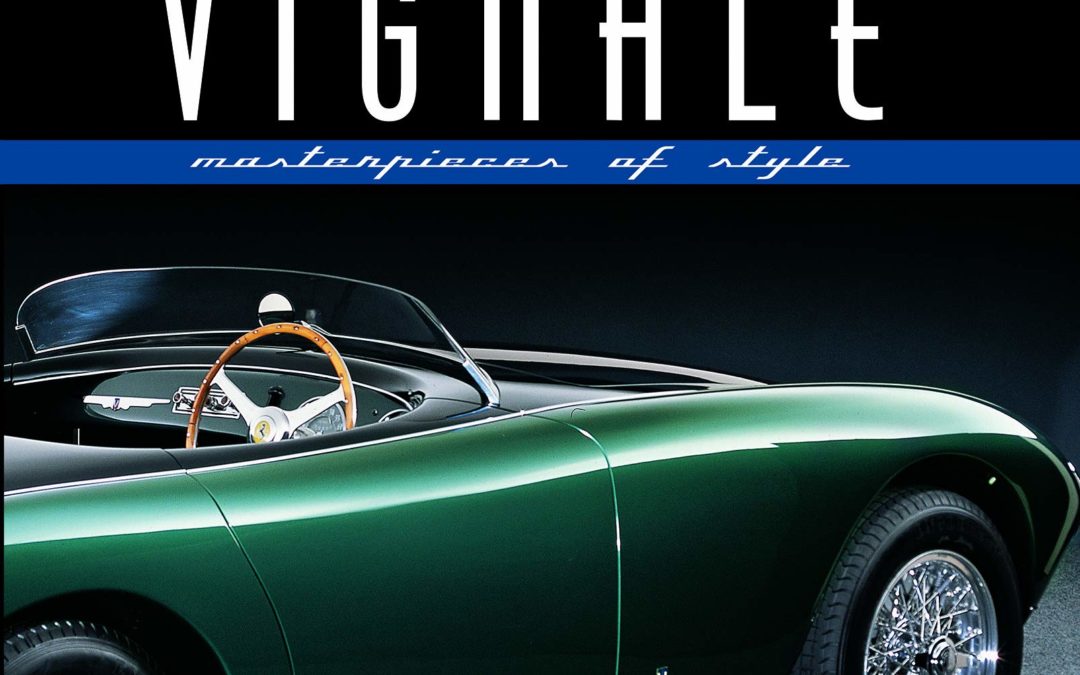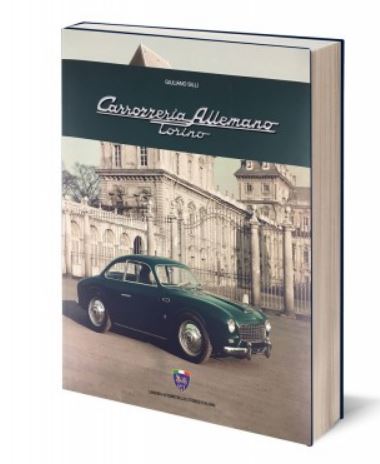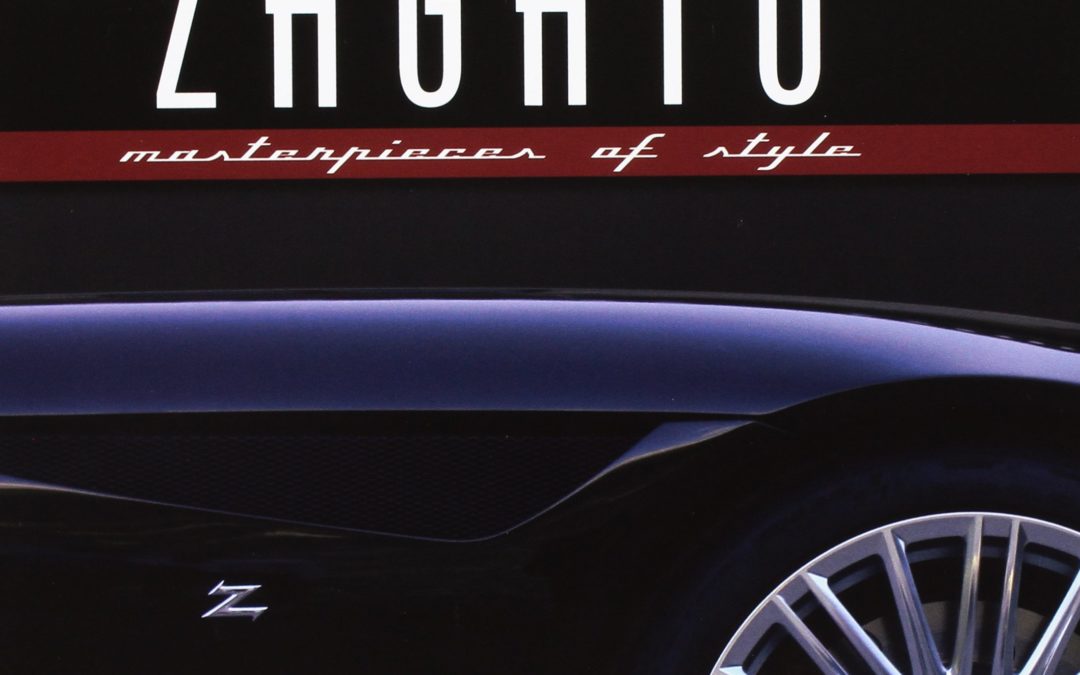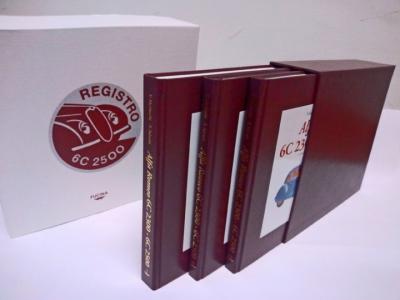
Vignale: Masterpieces of Style
The history of Vignale, the coachbuilder that bodied the first unforgettable Ferraris of the 1950s – responsible for cars such as the 166 and 212 Inter, the 250 and the 340 MM – narrated through rare archive photos, many of which previously unpublished.
The Masterpieces of Style series dedicated to the greats of Italian coachbuilding – including Zagato, Pininfarina Touring and Giugiaro – could hardly not have a title devoted to the Turinese atelier founded in 1946 by Alfredo Vignale.
This book covers, model by model, the entire output of an illustrious marque that was at its peak in the Fifties and Sixties when, thanks above all to the extraordinary talent of Giovanni Michelotti, it produced numerous bodies for Ferrari chassis, along with diverse Fiats with special versions of the 500 and 600. Not to forget the various Lancias such as the Appia and the Flavia Convertible and the prolific collaboration with Triumph.





